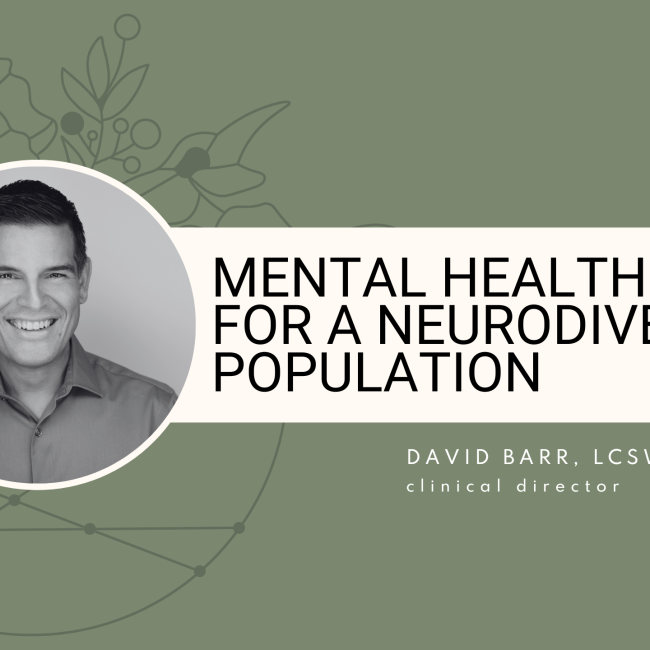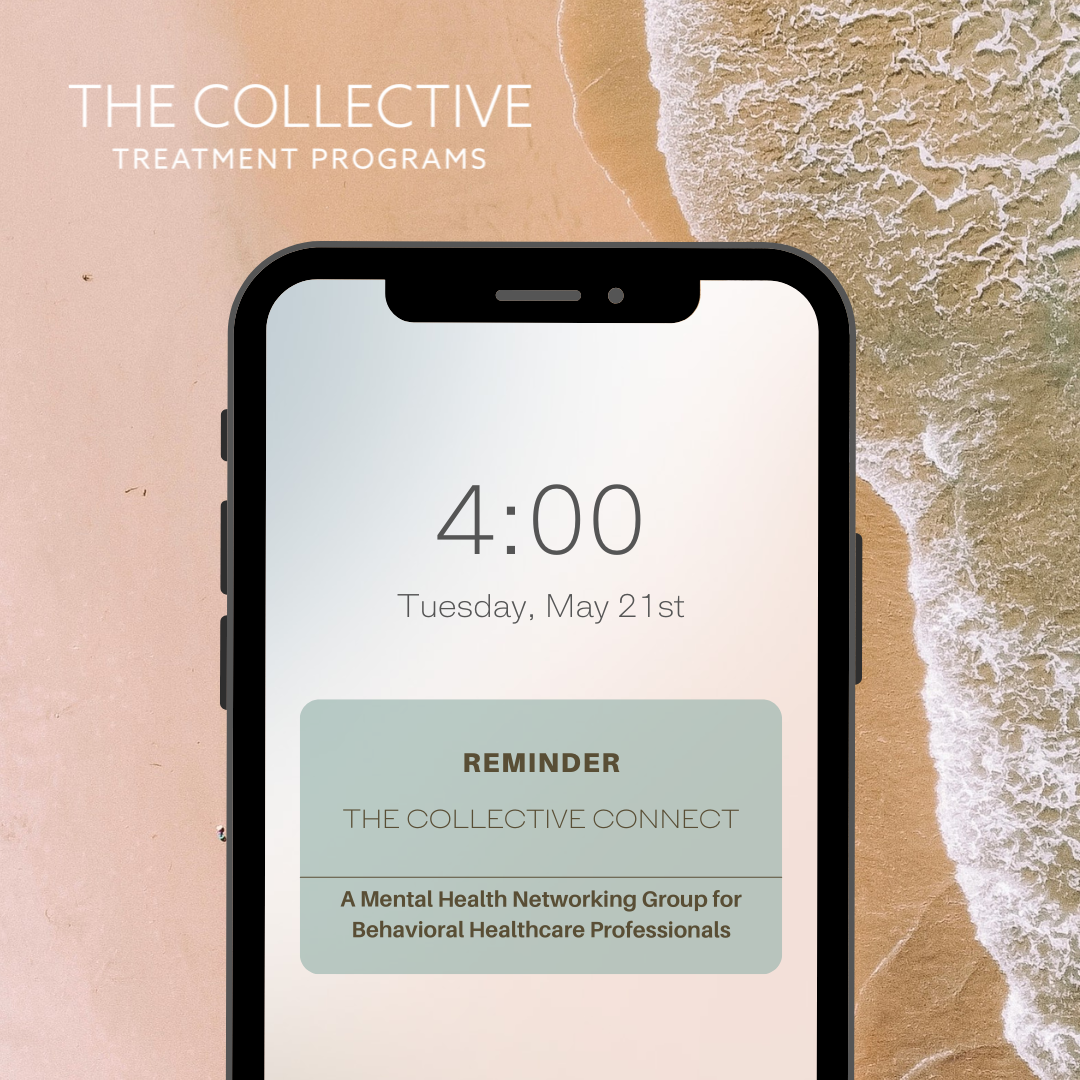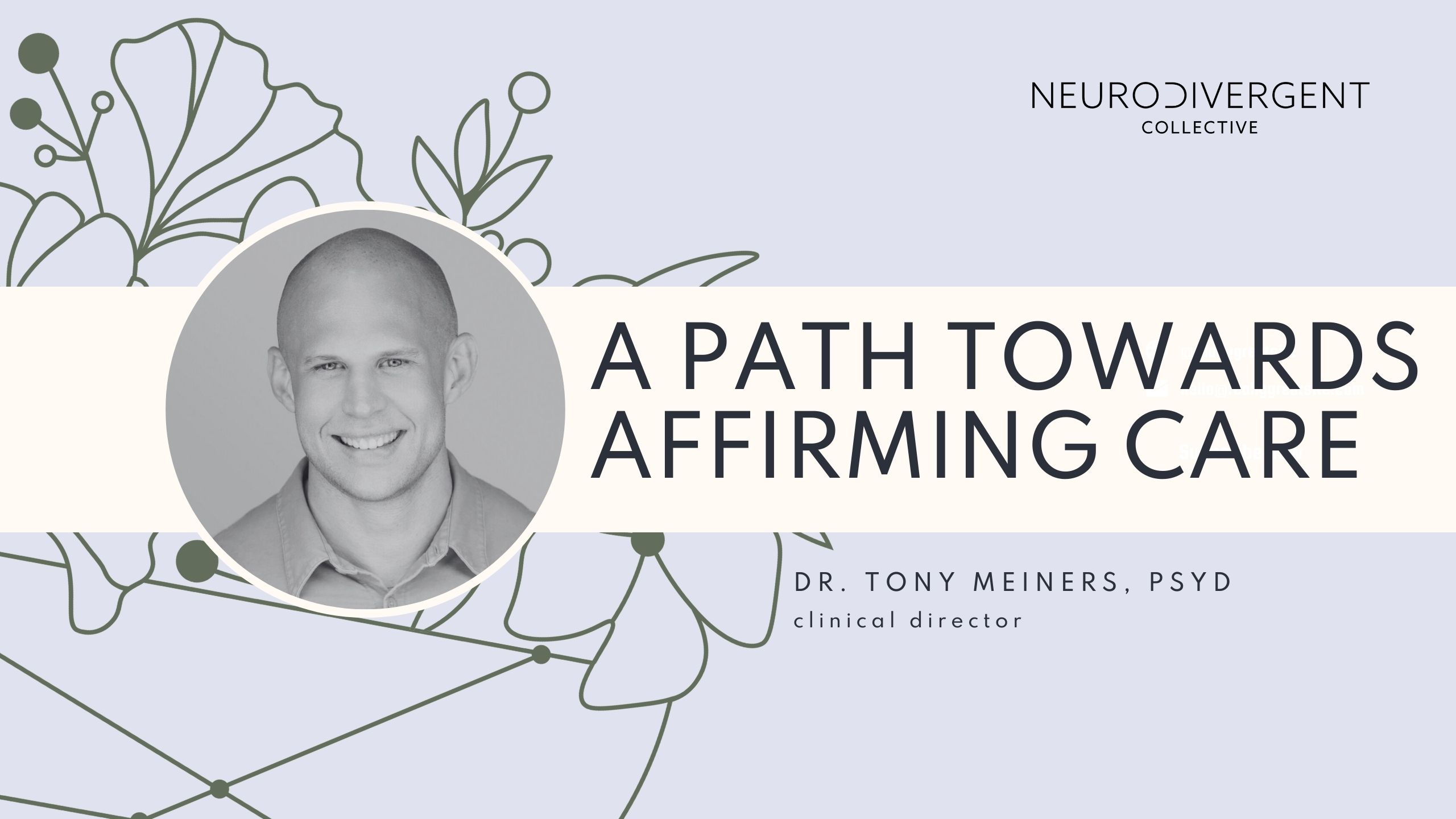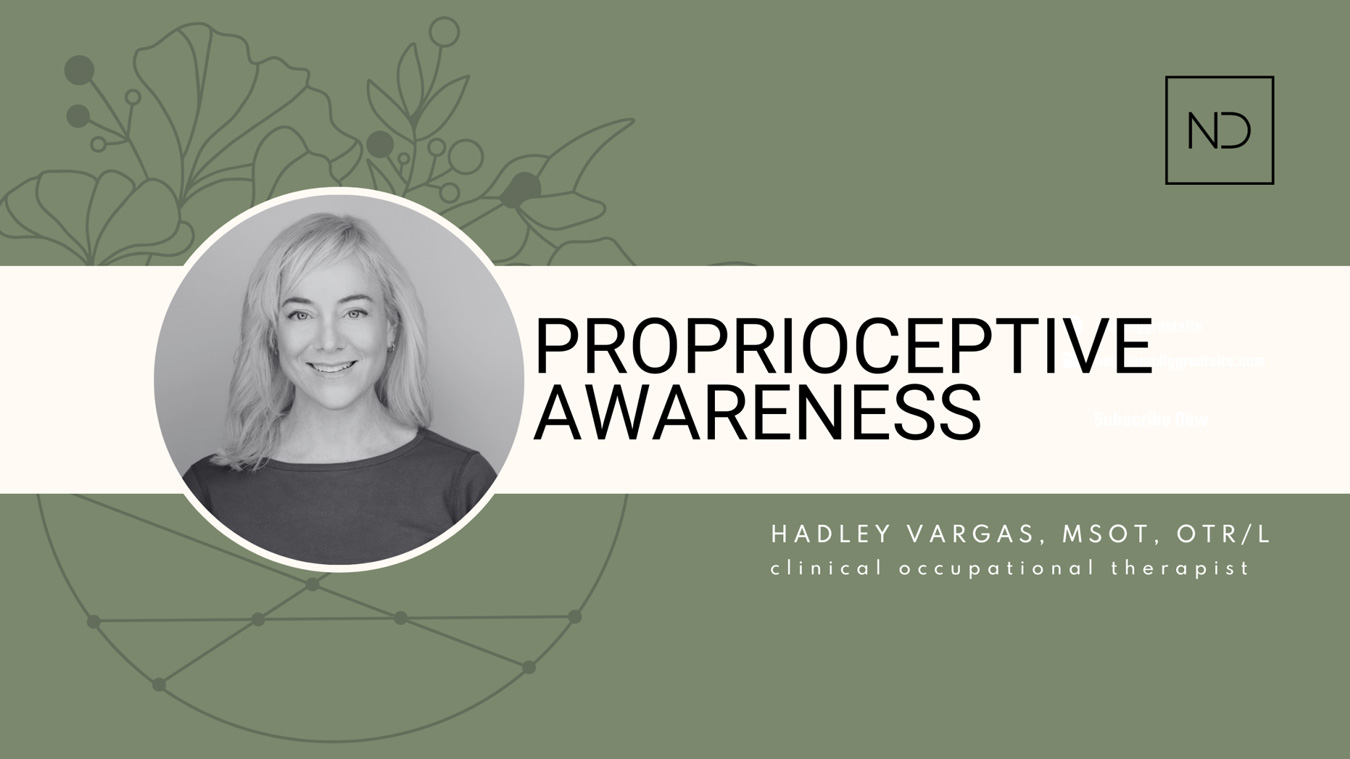
How to Explain Neurodiversity to Your Relatives
Written By: Dr. Jon Fledzinskas, PsyD, CMPC
NEURODIVERSITY – a word to describe the diversity of brains, or neurotypes, that many of us and our loved ones have.
Those that have brains that process, think, feel, and behave in ways that deviate away from societal expectations and norms have been labeled as neurodivergent. Discussing neurodiversity with your family and relatives can be a valuable and enlightening conversation. Modern psychology has labeled many neurodivergent people, including those that are Autistic, OCD, ADHD, or have learning disabilities, as disordered. These neurotypes should be recognized and respected as a natural part of human diversity, yet folks who are openly identified with these diagnostic labels can face a mixture of appreciation, curiosity, respect, and judgment.
Here are some steps to help you explain neurodiversity to your family and relatives effectively:
STEP ONE :: OPEN WITH A FOCUS ON UNIQUE NEEDS OF NEURODIVERGENT PEOPLE
You can initiate a conversation around the needs of neurodivergent people when you recognize they’re not being honored or possibly even looked over. Let your relatives know that you value their opinions and that you’re sharing this information to promote understanding and acceptance of these needs. Emphasize that neurodiversity is about recognizing the unique strengths and perspectives of individuals with diverse neurological profiles (or different neurotypes).
STEP TWO :: DEFINE NEURODIVERSITY
Provide a clear definition of what neurodiversity is – variations in brain developmental patterns that are a normal and valuable part of the diverse human experience. We cannot see neurodiversity; it is an invisible form of diversity. Collectively we need to understand that people who have brains that don’t match the expectations of one’s culture may have certain strengths and challenges in different environments. Use relatable examples and analogies to make the concept more accessible, such as comparing it to cultural and racial diversity or referencing a character in a popular form of media that may openly identify (or possibly be coded) as neurodivergent.
STEP THREE :: SHARE PERSONAL EXPERIENCE
Share your personal experiences or stories of neurodivergent folks to illustrate the concept of neurodiversity. Emphasize any lived experience you may have as a potential neurodivergent person and emphasize that the needs of neurodivergent folks are human needs. You can bring attention to differences in executive functions and sensory-based needs (see links below). Again, it will be important to discuss how these differences can create challenges for neurodivergent people that we may not otherwise think about in our everyday lives. Encourage questions and discussion if you have ample time and emotional space.
STEP FOUR :: EMPHASIVE VALIDATION, ACCEPTANCE, AND SUPPORT
Conclude the conversation by emphasizing the importance of acceptance and inclusion of neurodivergent individuals in all aspects of life, such as education, employment, and in social interactions. You may also stress that promoting neurodiversity leads to a more inclusive and understanding society overall. If we can help all people get their needs met, we can build better communities and enhance the quality of living for those that may have gone unrecognize and unsupported for many years.
While these steps are ordered, most often you may encounter situations that don’t allot you enough time or space to review all of them. They do not need to be followed in order, as there is no one “best way” to approach the conversation. Simply having the conversation itself is an excellent way to advocate for the needs and inclusion of neurodivergent people. There are many more topics to cover when thinking of unique challenges neurodivergent people face, including the double-empathy problem for Autistic folks or in general how ableism permeates and negatively impacts our recognition of those that are differently abled or disabled. Visit websites and read articles that are written and published by neurodivergent people to promote an affirming understanding of how to continue the conversation.
Helpful Resources:
https://neurodivergentinsights.com/
https://www.yourtherapysource.com/blog1/2022/12/29/list-of-executive-functions/
https://neuroclastic.com/category/autism/autistic-traits/sensory/
Do you have a question?
Send us a message








